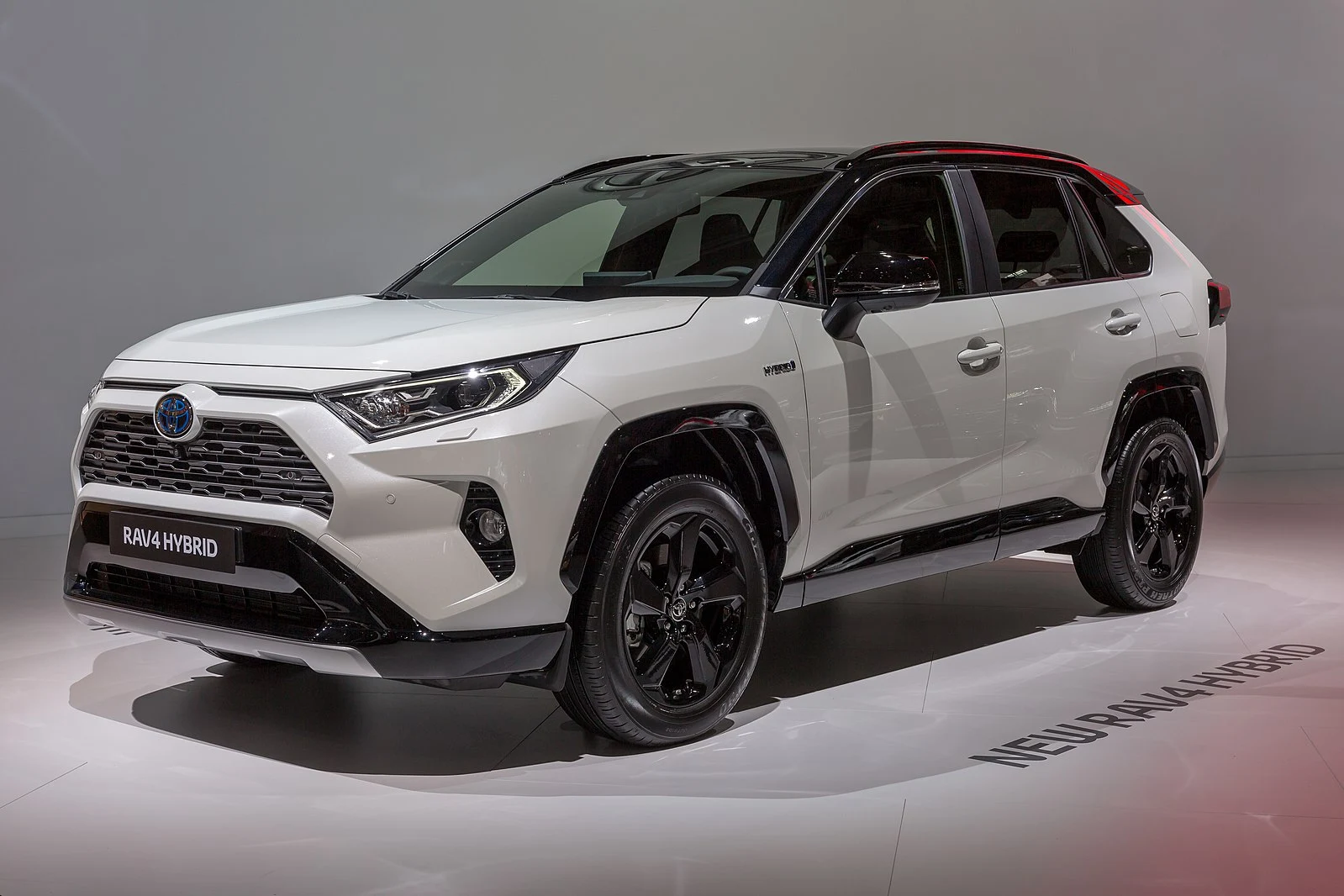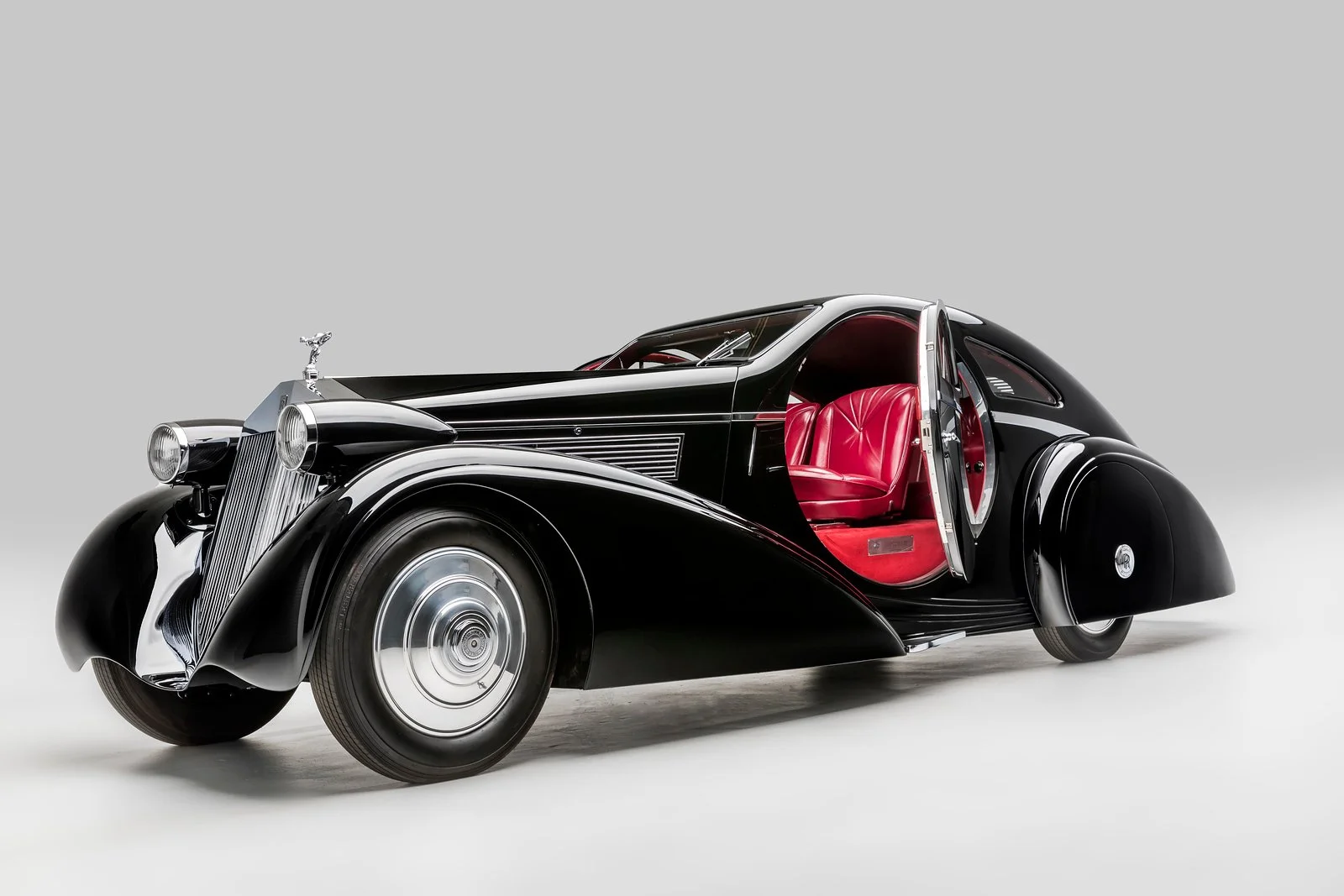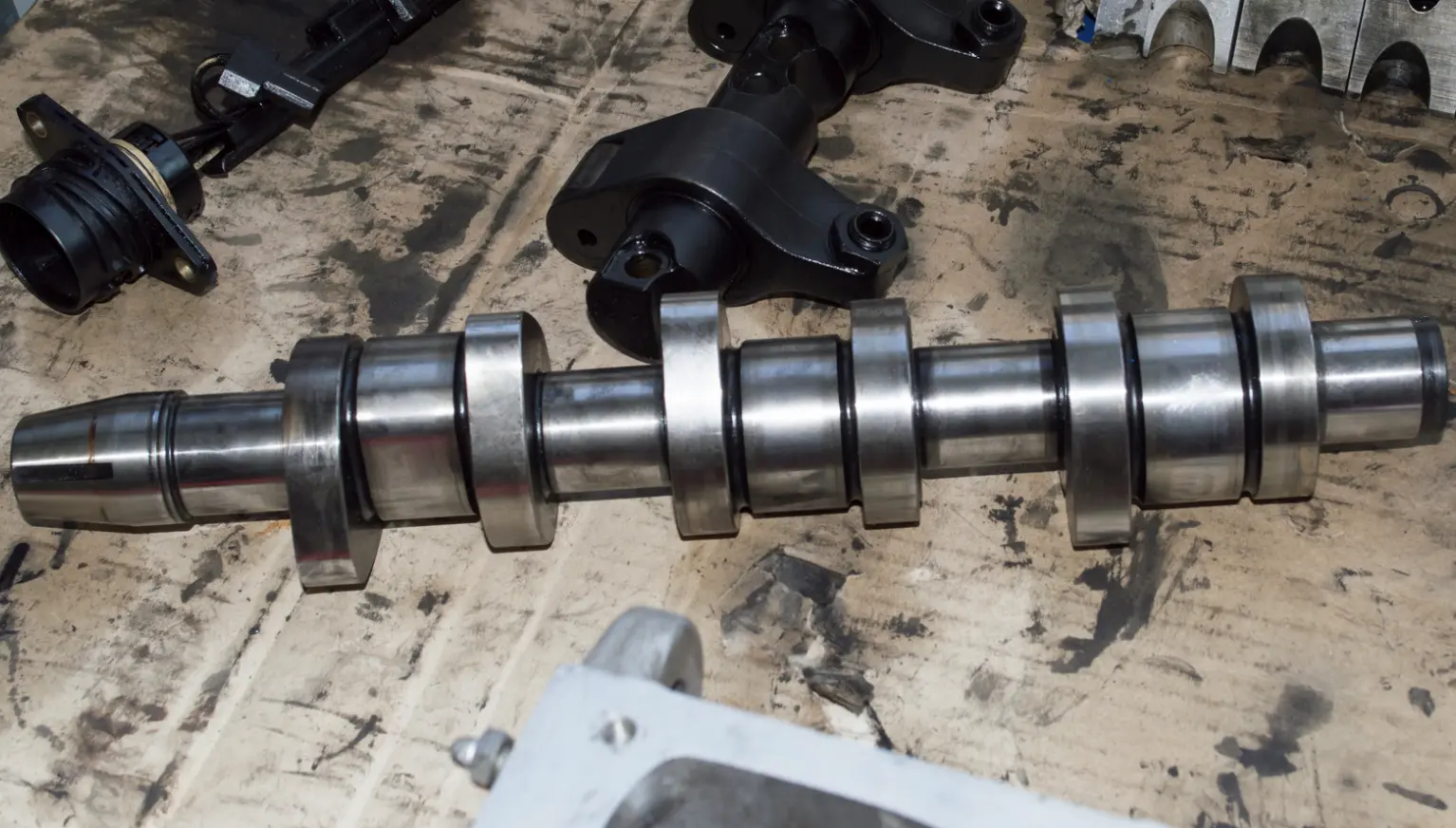For many of us the sound of car horns is associated with the background noise of busy city streets, be it drivers honking out of frustration in bumper-to-bumper traffic or a car alarm that uses the horn tone to announce itself to everyone in earshot. It’s hard not to think of the sound as noise pollution, but it’s important to remember that in certain situations the car horn can actually serve as a last-resort warning of imminent danger. In these cases it might even have life-saving effects. That’s what the car horn was originally designed to do, but here’s a look at how horns have changed since their inception.
Car Horn History
Cars were equipped with horns almost as soon as they became a common sight on roads, dating back to the late 19th and early 20th centuries. Initially, the purpose of the car horn was similar to its role today: to warn other road users of the vehicle’s approach and to prevent accidents. However, the earliest car horns were quite different from the electric ones we are familiar with now.
The first car horns were mechanical or pneumatic devices. One of the earliest types was the bulb horn, which worked by squeezing a rubber bulb attached to a metal horn. The air forced through the horn produced a distinctive honking sound. This mechanism was simple but effective in alerting pedestrians and other drivers. Another early type was the Klaxon horn, patented in 1908, which produced sound through an electromechanical mechanism that created a loud, distinctive “ahooga” sound. This horn was powered by the car’s battery and became popular for its loud and attention-grabbing noise.
Over time, car horns evolved significantly in both design and functionality. The development of electric horns in the early 20th century marked a significant change. These horns use an electric current to vibrate a diaphragm or a disk, creating sound. This advancement allowed for more consistent and reliable performance compared to mechanical and pneumatic horns.
The tones of car horns have also evolved. Early horns often had a single tone, which could be quite loud and jarring. As cars became more common and noise pollution became a concern, manufacturers began to design horns with more pleasant and less abrasive sounds. Modern car horns typically have a dual-tone system, emitting two notes simultaneously. This creates a sound that is not only loud enough to be effective in alerting others but also designed to be less startling and more harmonious to the human ear.
Today’s car horns are carefully engineered to meet specific sound regulations, which vary by country. These regulations dictate the volume and pitch of the horn to ensure they can be heard clearly without causing undue noise pollution. Additionally, the design of car horns has become more sophisticated, with considerations for durability, energy efficiency, and integration with a vehicle’s aesthetic and safety systems.
From the simple mechanical and pneumatic devices of the early days to the advanced electric systems in use today, car horns have undergone significant evolution. Their design, mechanism, and the tones they produce have been refined over the years to balance the need for effective communication on the road with considerations for noise pollution and safety.
Why Do Different Cars Have Different Horn Tones?
Different car horns produce different sounds due to a variety of factors related to design choices, regulatory requirements, and brand identity. The sound a car horn makes is determined by its design, including the type of horn mechanism (electric, pneumatic, etc.), the size and shape of the horn, and the electrical power it uses. These factors influence the pitch, volume, and tone of the horn.
Manufacturers design car horns to comply with legal regulations, which vary by country and region. These regulations specify minimum and maximum sound levels and sometimes the frequency range to ensure the horns are audible without being excessively loud or causing noise pollution. As a result, car horns must be loud enough to be heard in various environments, from busy city streets to quieter rural areas, but not so loud as to be considered a public nuisance.
Another reason for the variation in car horn sounds is the desire of manufacturers to create a unique brand identity. Just as companies strive for a distinctive look and feel for their vehicles, they also see the sound of the horn as an extension of their brand’s personality. A luxury car brand, for example, might opt for a horn sound that is perceived as more refined or sophisticated, while a sports car manufacturer might choose a louder, more assertive horn sound to match the vehicle’s dynamic image.
The physical characteristics of the horn itself also play a significant role in the sound it produces. The size and shape of the horn’s diaphragm, the materials used in its construction, and the design of the horn’s resonating chamber all affect the pitch and tone of the sound. By adjusting these elements, manufacturers can create a wide range of horn sounds, from deeper, more resonant tones to higher-pitched beeps.
Customer preference and market research influence how car horns sound. Automakers often consider the expectations and desires of their target market when designing car horns. For instance, in regions where louder, more conspicuous horns are preferred for effective communication in traffic, manufacturers might prioritize volume and a specific tone that cuts through ambient noise.
The diversity in car horn sounds is a reflection of a complex interplay between legal requirements, brand identity, design considerations, and consumer preferences. This ensures that car horns are not only functional and compliant with regulations but also aligned with the aesthetic and branding goals of the automaker.
The Novelty Horn
Of course, not everyone is content to drive down the road with the stock horn installed by the manufacturer. Car enthusiasts since the beginning have customized every aspect of their rides, and the car horn is no different.
Novelty car horns are a playful way for drivers to express their personalities and add a touch of humor to their vehicles. Some of the most famous novelty car horn sounds from pop culture have left a lasting impression on audiences and enthusiasts alike. One such iconic sound is the “Dixie” horn, made famous by the TV show “The Dukes of Hazzard.” This horn plays the first 12 notes of the song “Dixie,” and its association with the General Lee car has made it a popular choice for fans of the show. Another well-known novelty horn sound is the “La Cucaracha” tune, which is often associated with novelty horns in Latin America and has become a humorous symbol in various cultures. Additionally, the “Road Runner” beep-beep sound from the Looney Tunes cartoons is instantly recognizable and brings a sense of nostalgia and fun to any vehicle.
Installing a novelty horn sound in real life is a somewhat complex process that requires a bit of specialized knowledge and the right tools for the job. If you’re considering adding one to your car, consider consulting with expert mechanics who can give you a sense of how best to tackle the job. The process typically involves purchasing a novelty horn kit that includes the horn itself, a compressor if the horn is air-powered, and the necessary wiring and switches. The first step in the installation process is to choose a suitable location for the horn, ensuring that it is securely mounted and not obstructed by any parts of the vehicle. The horn should be positioned so that the sound can project clearly and not be muffled.
Once the horn is mounted, the next step is to connect it to the vehicle’s electrical system. This usually involves wiring the horn to the battery and grounding it to the vehicle’s chassis. It’s important to use the appropriate gauge of wire and to protect the wiring with fuses to prevent any electrical issues. The horn is typically activated by a button or switch, which can be installed on the dashboard or steering wheel for easy access.
Note that if you’re installing a novelty horn on your daily driver, there could be specific laws or regulations in your area that restrict or prohibit its use on the streets. In some cases there may even be restrictions about changing from a stock horn at all. This is one reason you’re more likely to hear the tones of a novelty horn on hobbyist cars that mostly make appearances at car shows and special events.
Looking toward the future, it’s hard to say how much the car horn—a part that has been more or less the same for decades—will change. It’s certainly true that the industry as a whole seems to be moving toward increased connectivity, meaning cars can actually communicate with one another on the road. Are we heading toward a future where instead of honking, warnings from other drivers will show up as notifications on your augmented-reality dashboard? It’s hard to say for sure, so in the meantime be sure and keep an ear out when you’re driving.





